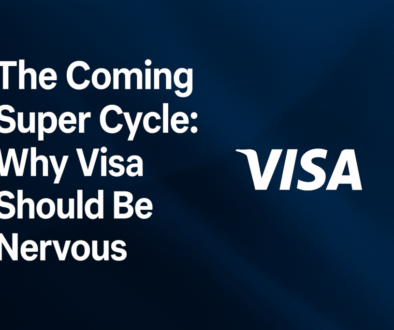From Idea to Implementation: The Process of Developing a Smart Contract
In the realm of blockchain technology, smart contracts have revolutionized the way agreements are executed and enforced. These self-executing contracts, operating on decentralized networks, offer transparency, security, and automation. If you have an idea for a smart contract and are eager to bring it to life, this blog post will guide you through the process of developing a smart contract from idea to implementation.
- Defining Your Smart Contract Idea (150 words) The first step in developing a smart contract is to clearly define your idea. Identify the problem you aim to solve, the specific agreement or process you want to automate, and the desired outcomes. This stage involves brainstorming, researching existing solutions, and refining your concept to ensure its feasibility and potential impact.
- Choosing the Right Blockchain Platform (150 words) Once you have a clear idea, choose the blockchain platform that best suits your project. Consider factors such as scalability, community support, security features, and the availability of smart contract capabilities. Ethereum is a popular choice due to its robust infrastructure and wide adoption, but other platforms like Binance Smart Chain or Polkadot may also be suitable depending on your requirements.
- Designing and Developing the Smart Contract (200 words) In this stage, you will design and develop the smart contract using a programming language like Solidity. Begin by outlining the contract’s structure, functions, and variables. Define the rules and conditions of the agreement, and consider edge cases and potential vulnerabilities. Write the code and ensure it follows best practices and security standards to mitigate risks.
- Testing and Auditing the Smart Contract (150 words) Thorough testing is crucial to ensure the reliability and functionality of your smart contract. Implement unit tests and simulations to verify its behavior in various scenarios. Additionally, consider engaging external auditors to conduct a security audit, identifying any potential vulnerabilities or weaknesses in the contract’s code.
- Deploying the Smart Contract (150 words) Once you are confident in the functionality and security of your smart contract, it’s time to deploy it onto the blockchain network. Prepare the necessary deployment configurations and consider factors like gas fees, network congestion, and deployment timing. Deploying the contract will make it available for interaction and execution by users on the blockchain.
- Interacting with the Smart Contract (150 words) After deployment, users can interact with your smart contract using front-end interfaces or other applications. Implement a user-friendly interface to facilitate contract interaction, allowing users to execute functions, access data, and receive real-time updates. Integration with libraries like Web3.js simplifies the interaction process, enabling seamless communication between users and the smart contract.
Developing a smart contract requires a systematic approach, from idea generation to implementation. By defining your smart contract idea, choosing the right blockchain platform, designing and developing the contract, conducting thorough testing and auditing, and finally deploying and enabling user interaction, you can bring your idea to life on the blockchain. Embrace the power of smart contracts and their potential to revolutionize agreements and processes in various industries. With careful planning and execution, your smart contract can pave the way for a more transparent, efficient, and secure future.


